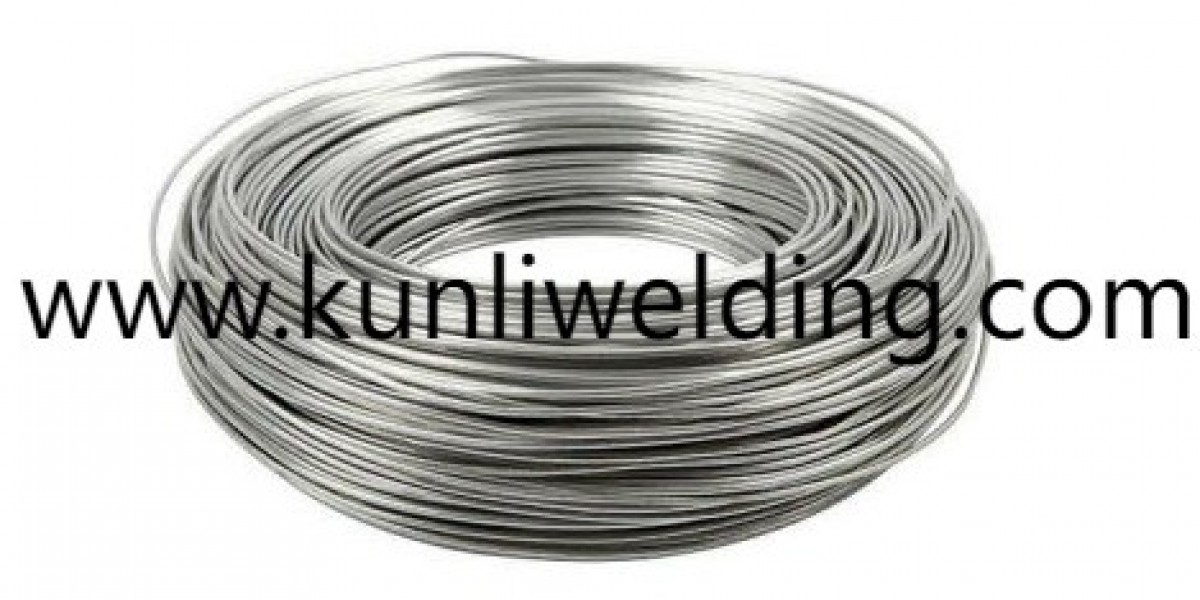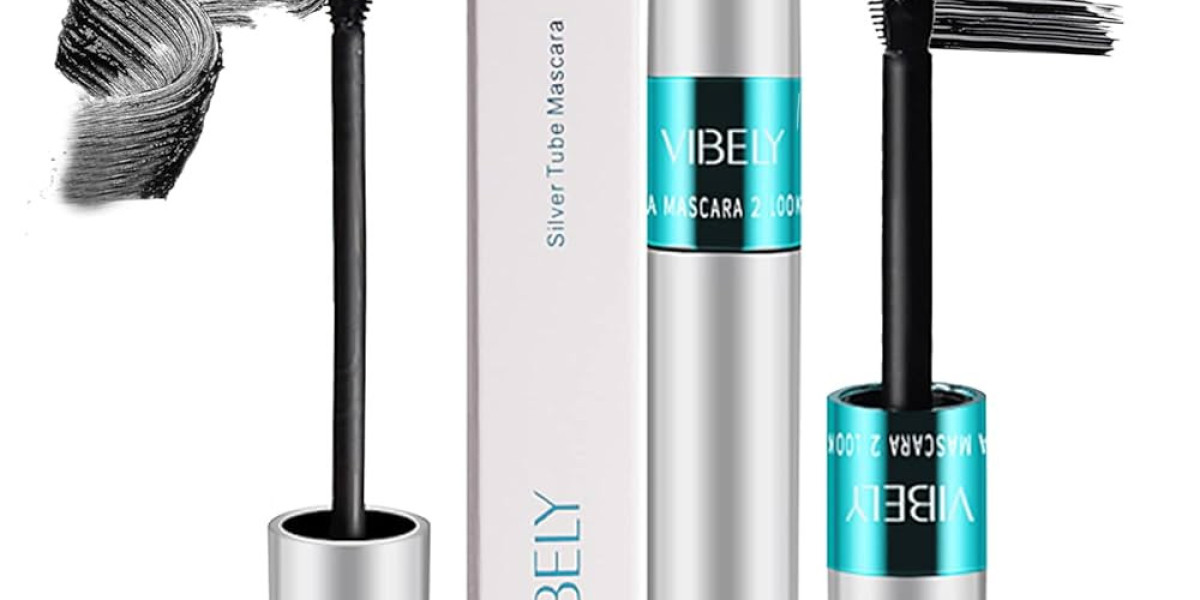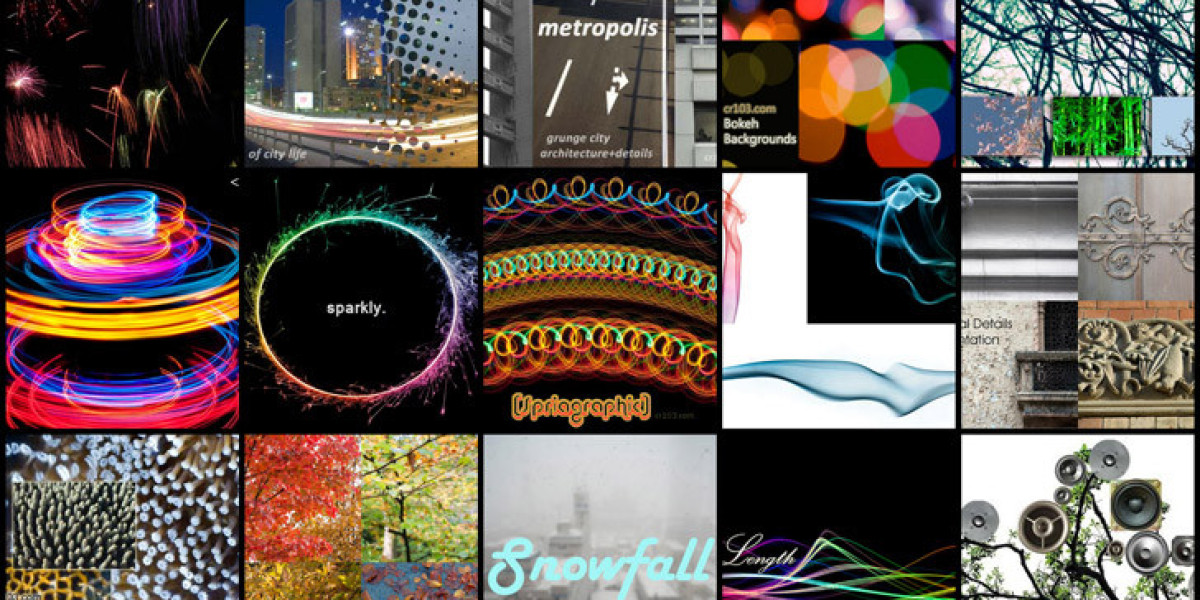Maritime structures confronting relentless salt spray and cyclic loading demand welding consumables that combine strength and corrosion resistance, and Aluminum Welding Wire ER5087 delivers precisely that. Tallfly's clients in offshore fabrication sectors rely on this specialized filler alloy to reinforce ship hull repairs, platform brackets, and underwater piping systems. As wind farm and shipping industries expand to meet global energy and logistics needs, the ability to maintain durable joints under harsh marine conditions has become a top priority.
Offshore platforms operate in environments where saltwater accelerates stress‐corrosion cracking in vulnerable alloys. The magnesium‐rich composition of this filler wire forms protective surface films that thwart pit initiation, even when temperatures spike due to solar heating or equipment operation. Fabricators report smoother weld beads and uniform penetration, reducing the need for extensive grinding or post‐weld treatments before deploying completed structures to sea. This streamlined workflow supports rapid turnaround for critical maintenance and new construction.
Shipbuilders face similar challenges. Engine rooms and deck fixtures subject weld seams to both mechanical vibration and corrosive fumes from fuels and exhaust. By using a filler that bonds seamlessly with 5083 and 5052 base alloys, yards achieve joints that mirror the parent metal's ductility and toughness. The result is a hull that flexes under wave impact without crack propagation, ensuring safety for crew and cargo alike. Project managers appreciate the consistency of bead appearance, which speeds up visual inspections and hull certification processes.
Floating wind turbines and wave energy converters represent a growth area for marine welding. Foundations and dynamic joints must endure millions of motion cycles, withstanding fatigue in addition to corrosion. This aluminum wire's fine‐grain microstructure, achieved through controlled solidification rates, enhances creep resistance. As companies race to deploy renewable energy systems far offshore, welding procedures that minimize downtime and guarantee structural integrity become competitive advantages in securing contracts for next‐generation energy installations.
Field repair teams also benefit from portable TIG or MIG setups using this filler. When a submerged pipeline requires an emergency patch, divers equipped with underwater welding gear rely on consumables that maintain arc stability in saltwater. The wire's flux‐coated variants help repel moisture around the weld zone, enabling secure connections even in tidal currents. Such capabilities reduce downtime for oil and gas operators, preserving vital supply chains and preventing environmental risks from fluid leaks.
Quality control in marine applications demands traceability. Tallfly partners with suppliers who provide batch‐specific certification, linking each spool to mechanical test results and chemical analyses. Secure digital records let inspection teams verify that welds meet or exceed classification society standards for fatigue life and corrosion performance. In an industry where regulatory compliance underpins insurance and financing, having detailed mill certificates streamlines audits and approval workflows.
Sustainability concerns also influence welding wire selection. Lower heat input processes enabled by this filler reduce overall energy consumption during assembly. Reduced spatter means less post‐weld cleaning and fewer abrasive media waste streams. Fabrication facilities pursuing carbon reduction goals highlight these efficiencies as part of broader green manufacturing initiatives, aligning operational practices with evolving environmental regulations in port cities and industrial harbors.
Training modules now integrate demonstrations of this alloy's behavior under simulated marine conditions. Technicians learn optimal current settings, travel speeds, and shielding gas mixtures to maximize corrosion resistance and minimize distortion. By mastering these parameters in controlled workshops before going offshore, welding teams minimize trial‐and‐error in critical field deployments. As industry events showcase live demos on test panels submerged in salt baths, the technology draws attention from safety officers and fabrication managers alike.
In sum, the combination of high tensile strength, exceptional stress‐corrosion resistance, and weldability makes this filler an indispensable tool for marine engineering challenges. Vessel operators, platform constructors, and renewable energy firms all require joints that resist the ocean's assault. To explore a full range of marine‐grade aluminum welding solutions, visit www.kunliwelding.com/product/ .








